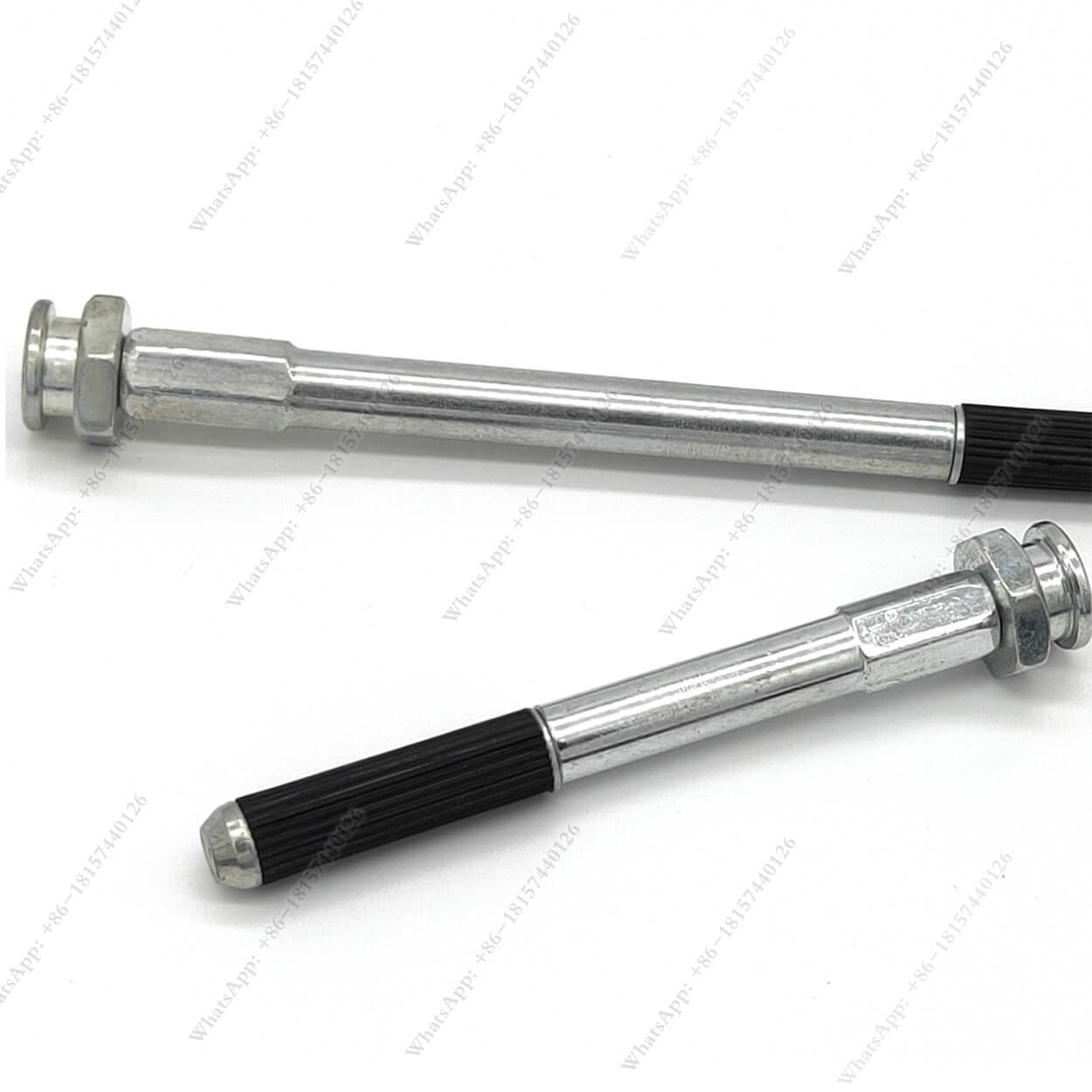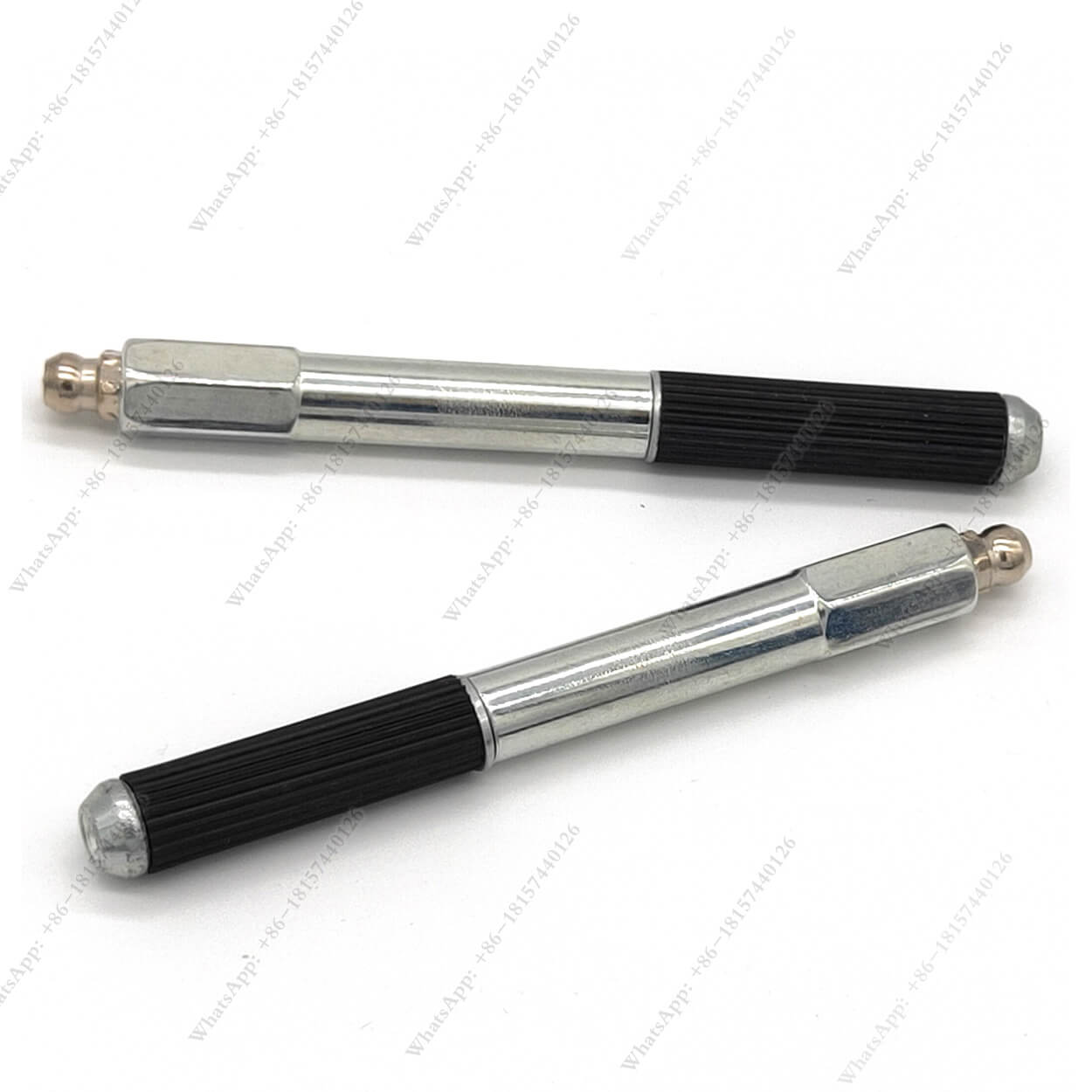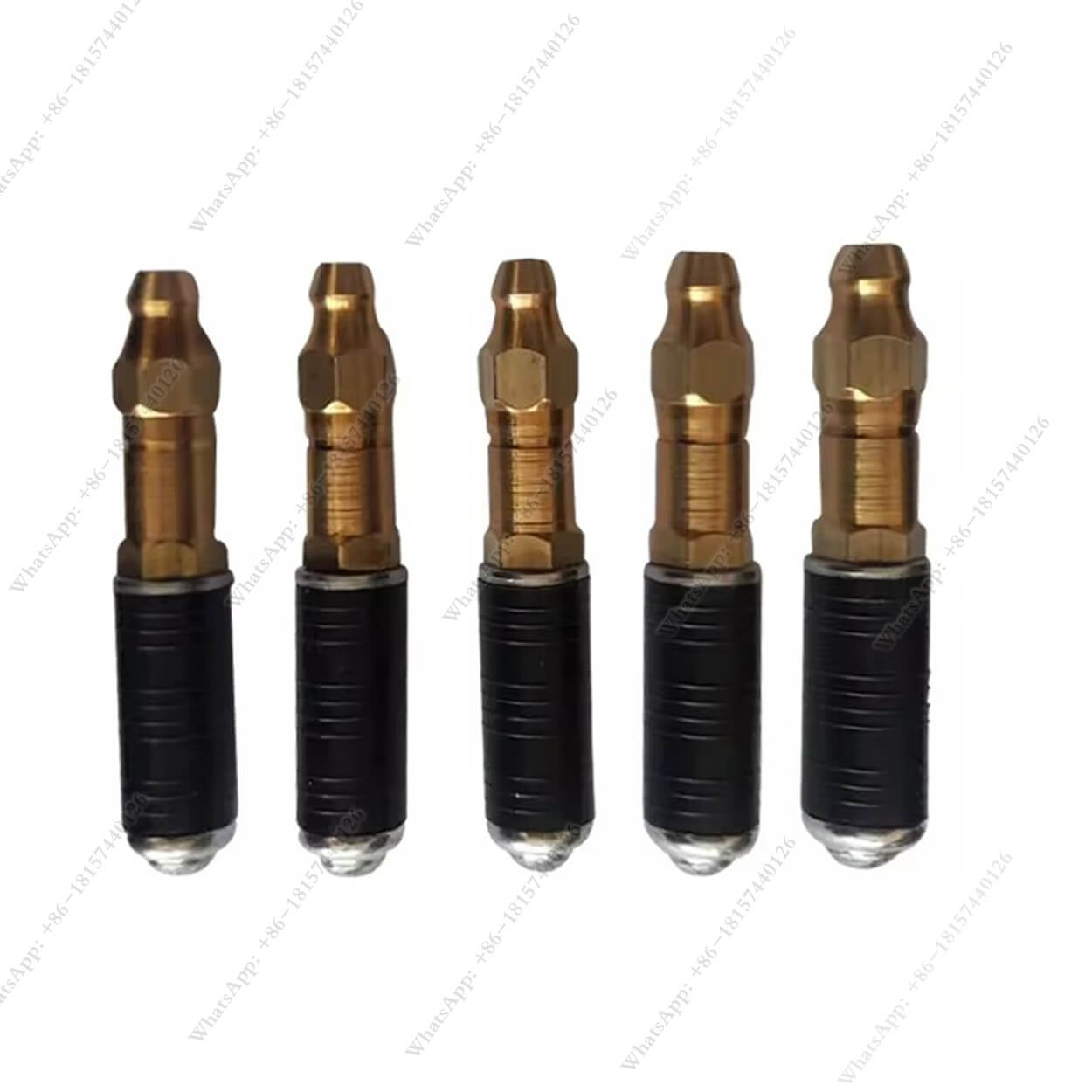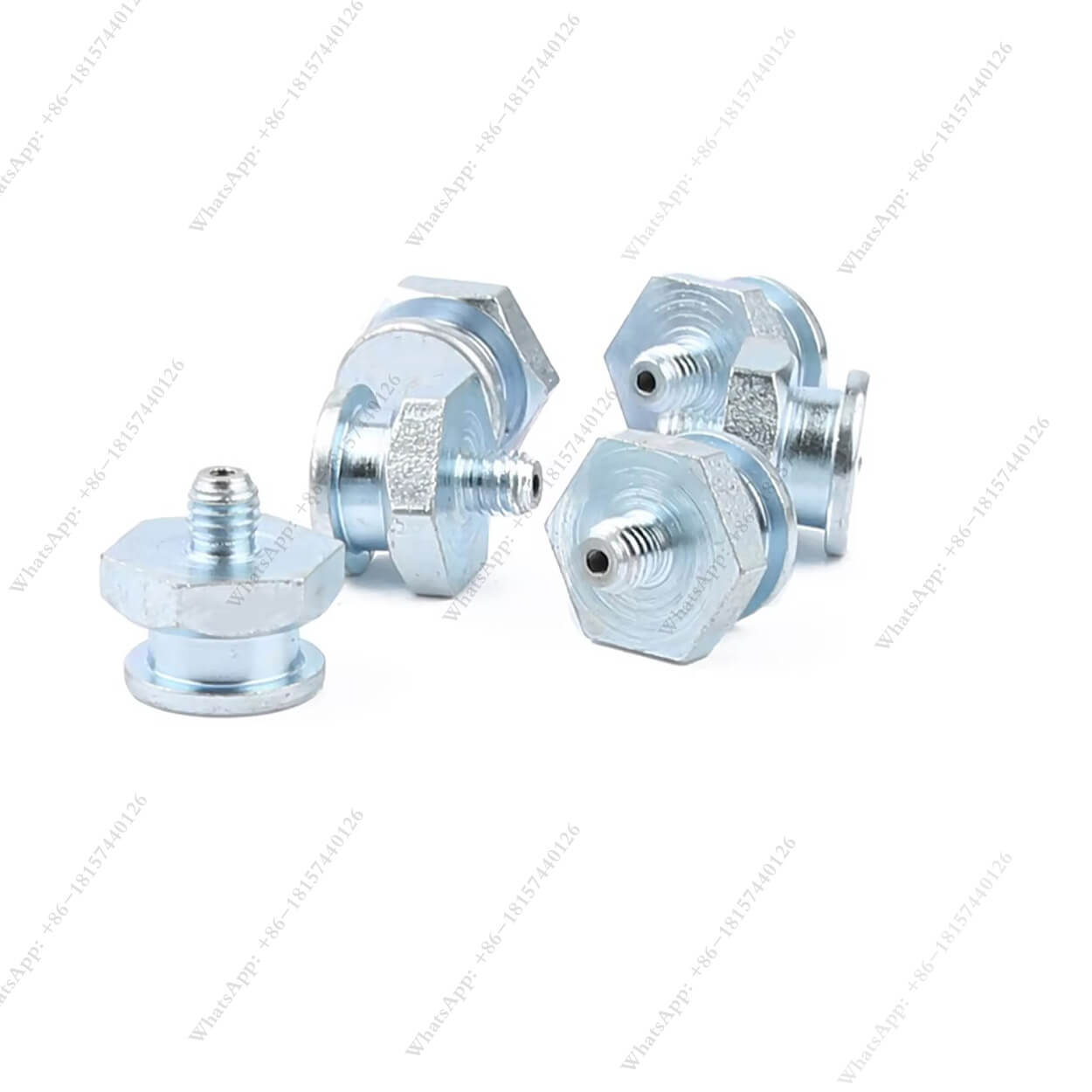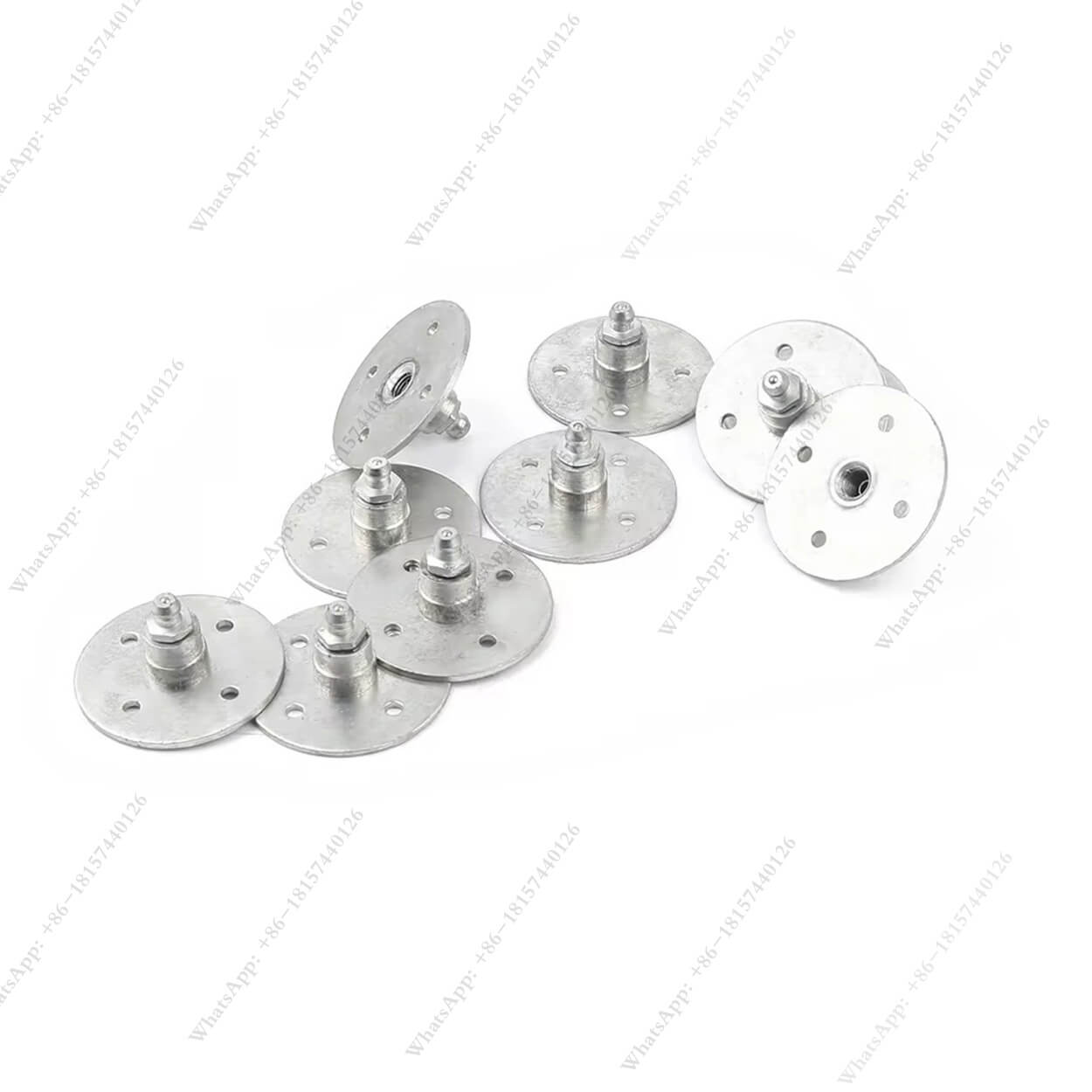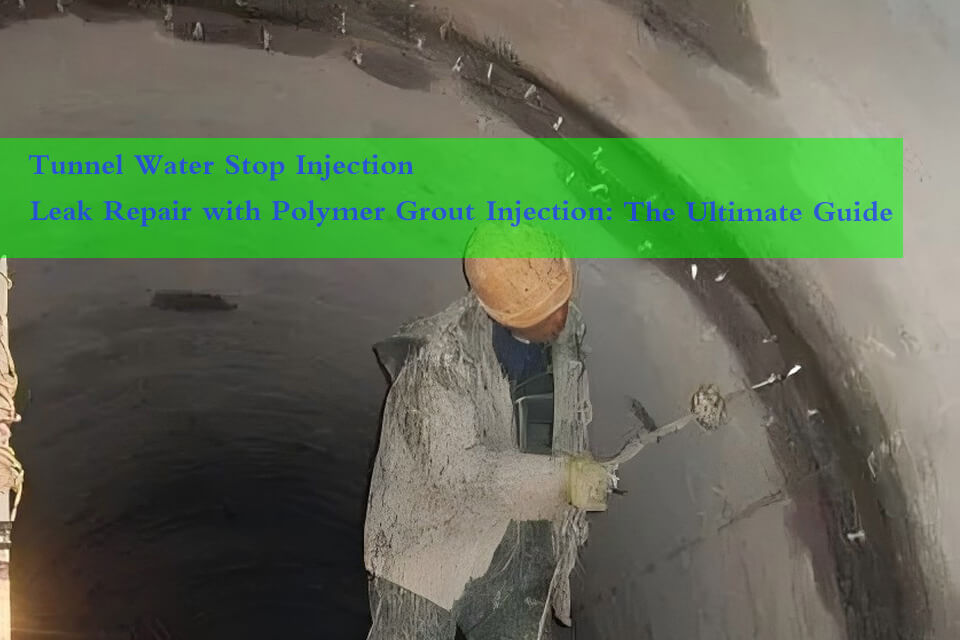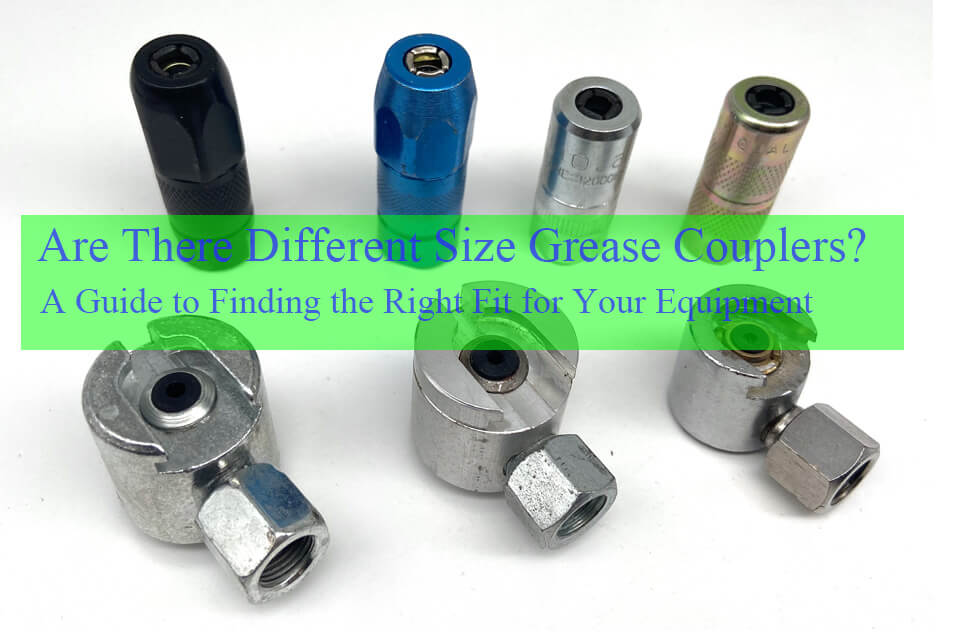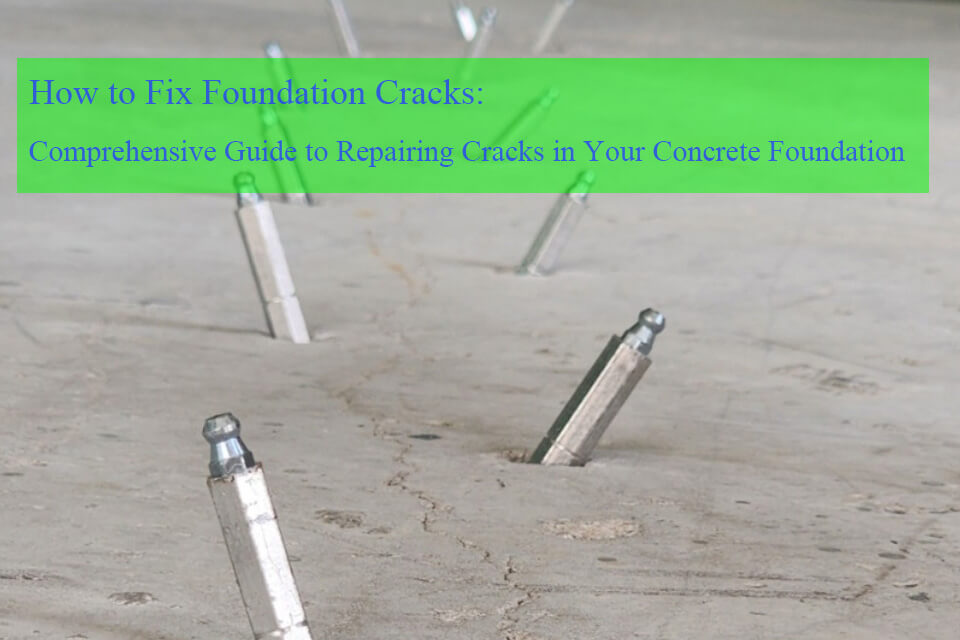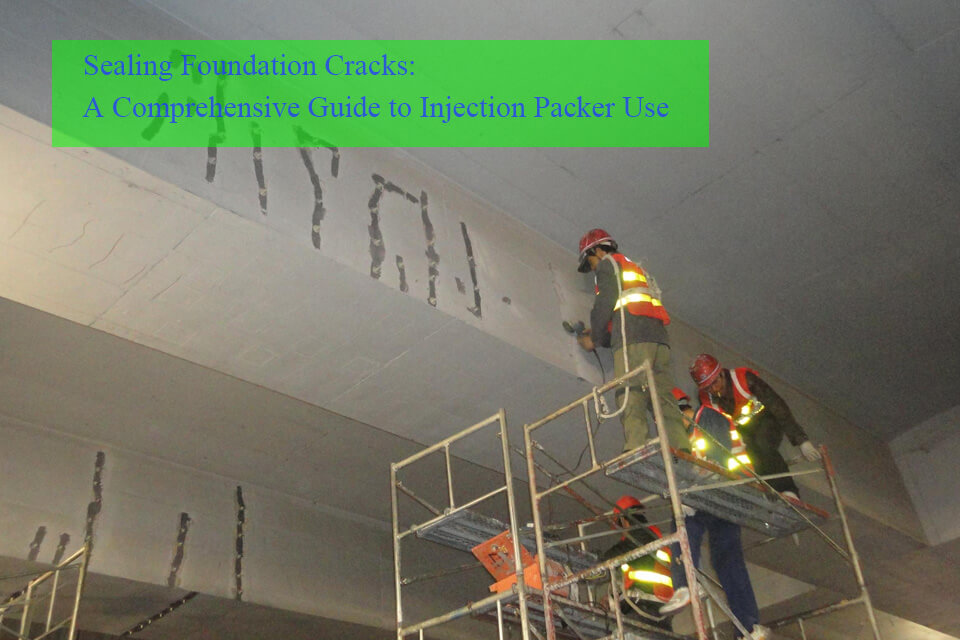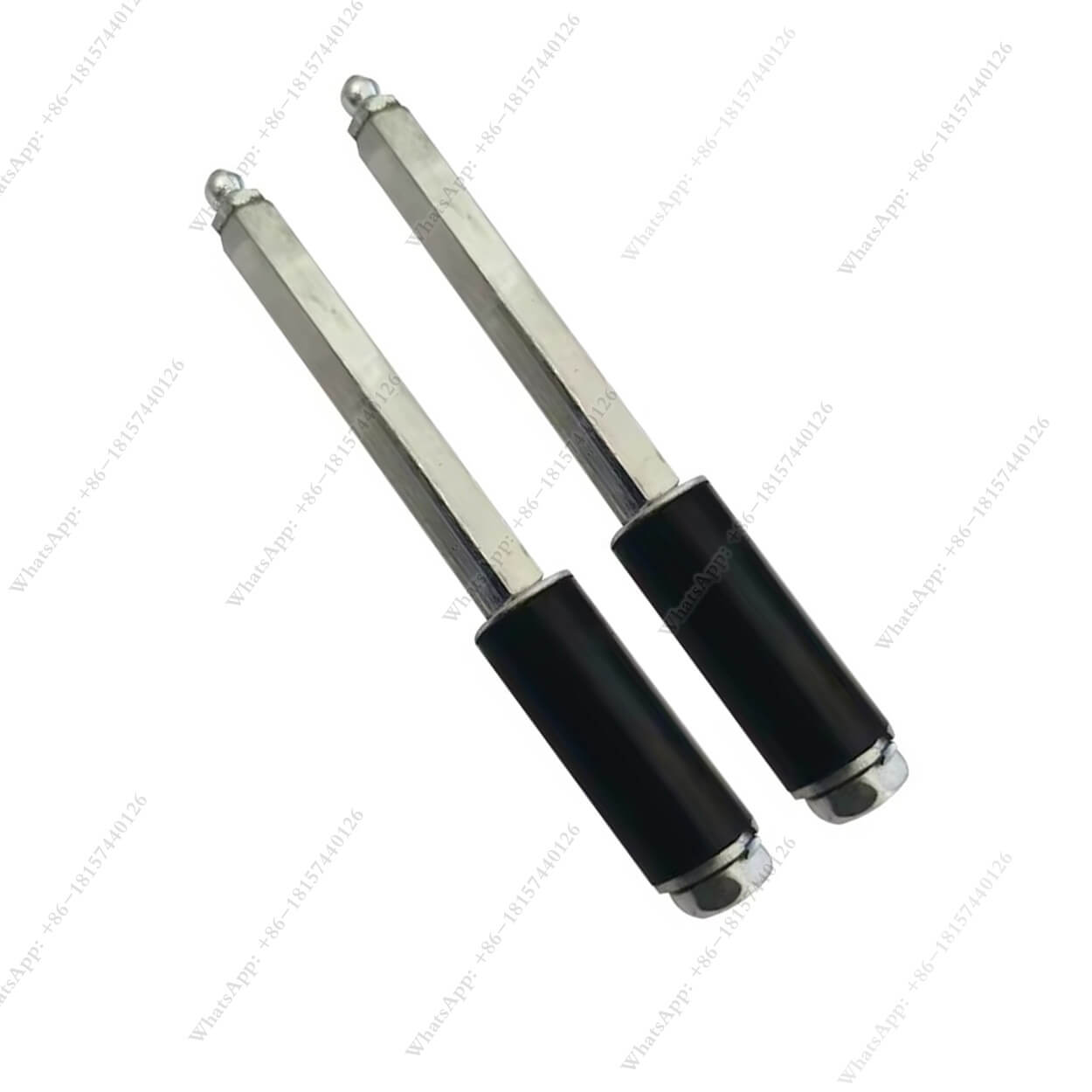
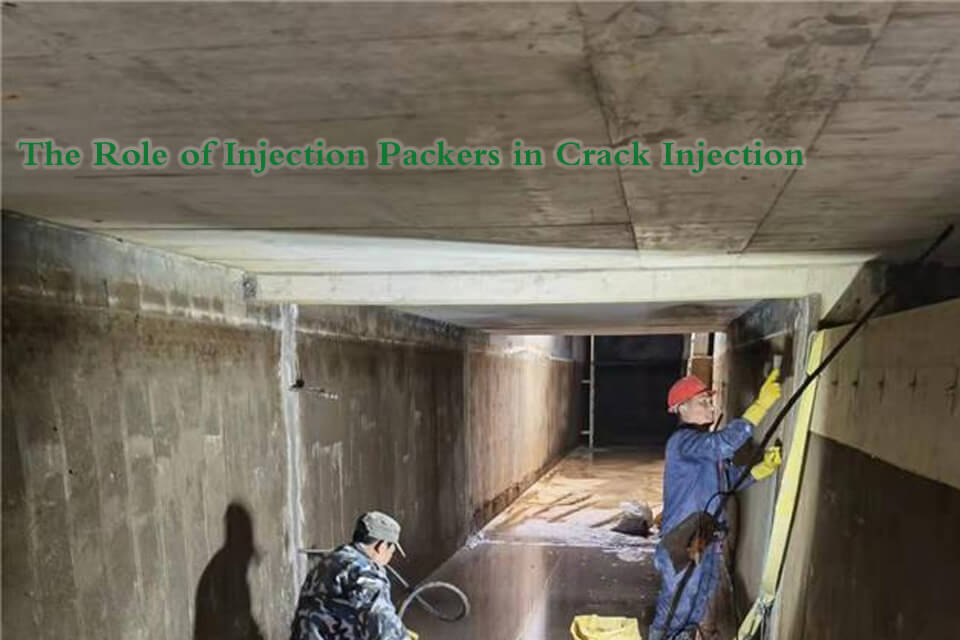
The Role of Injection Packers in Crack Injection and Structural Repair
Crack injection is a critical method used in the restoration and strengthening of concrete structures. It involves injecting an adhesive chemical grout or resin into the cracks of a foundation, slab, or wall to seal and restore structural integrity.
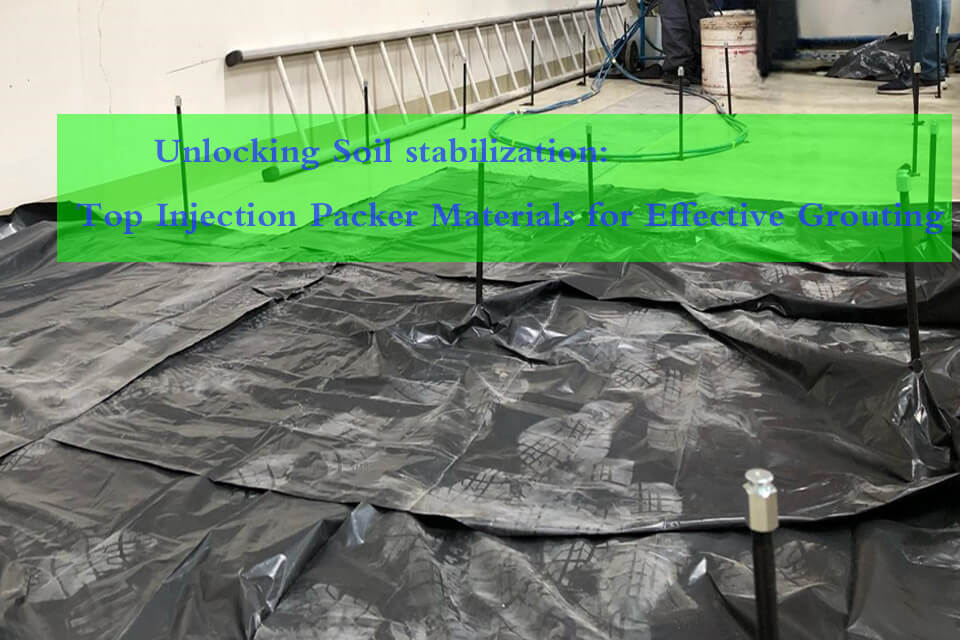
Unlocking the Secrets of Soil Stabilization: A Comprehensive Guide
Soil stabilization is a crucial process in construction and civil engineering that can make or break a project’s success.
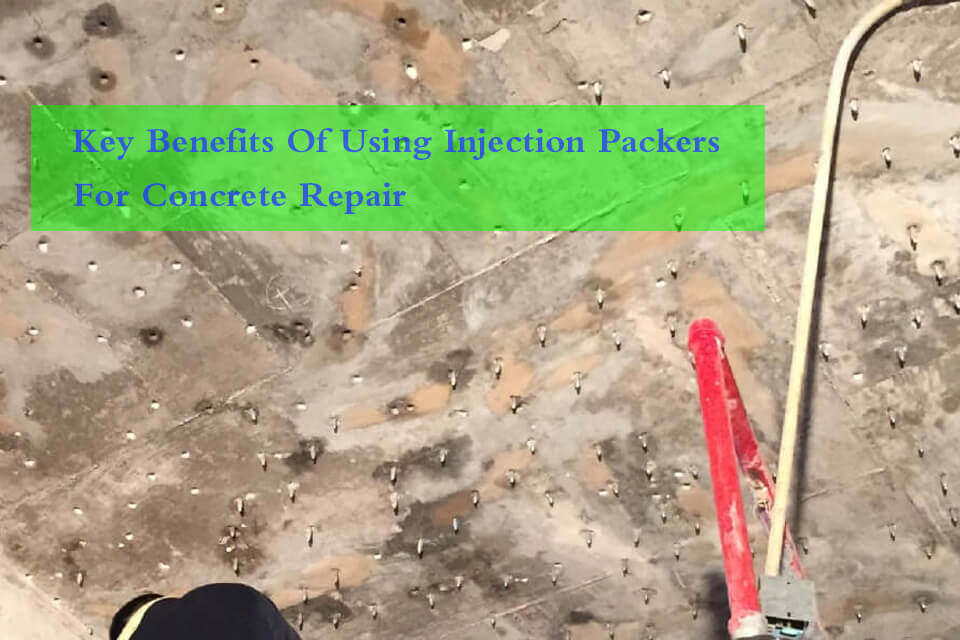
Key Benefits of Using Injection Packers for Concrete Repair
Injection packers are an essential tool for addressing cracks and structural deficiencies in concrete. These devices allow for precise application of repair materials


